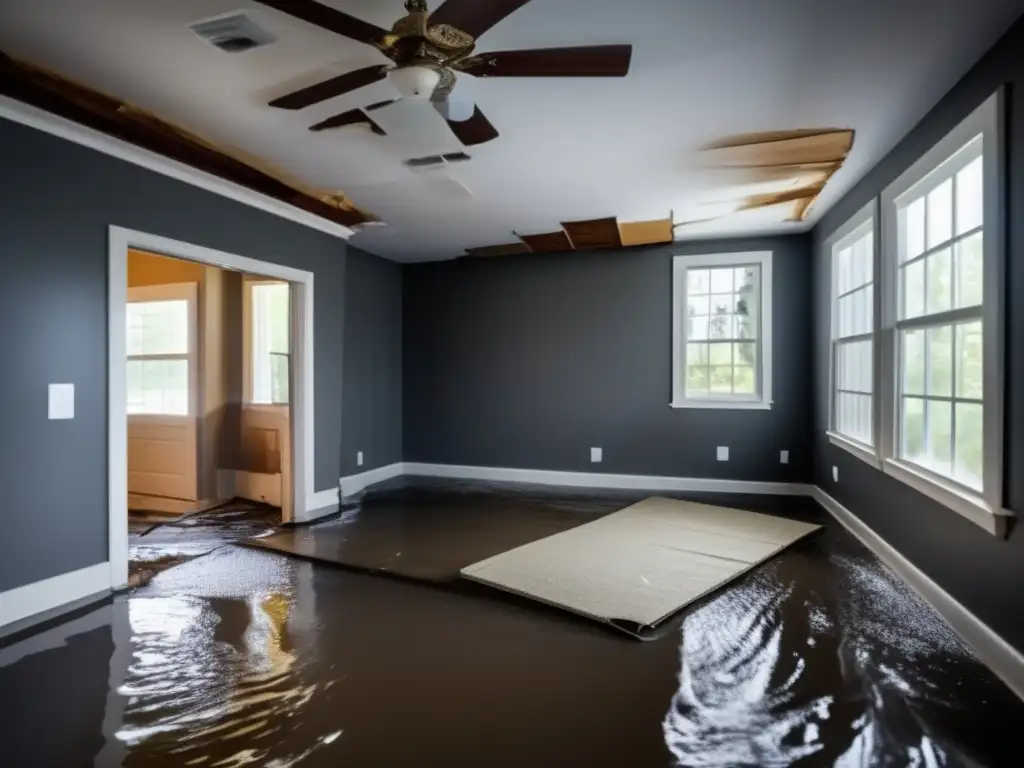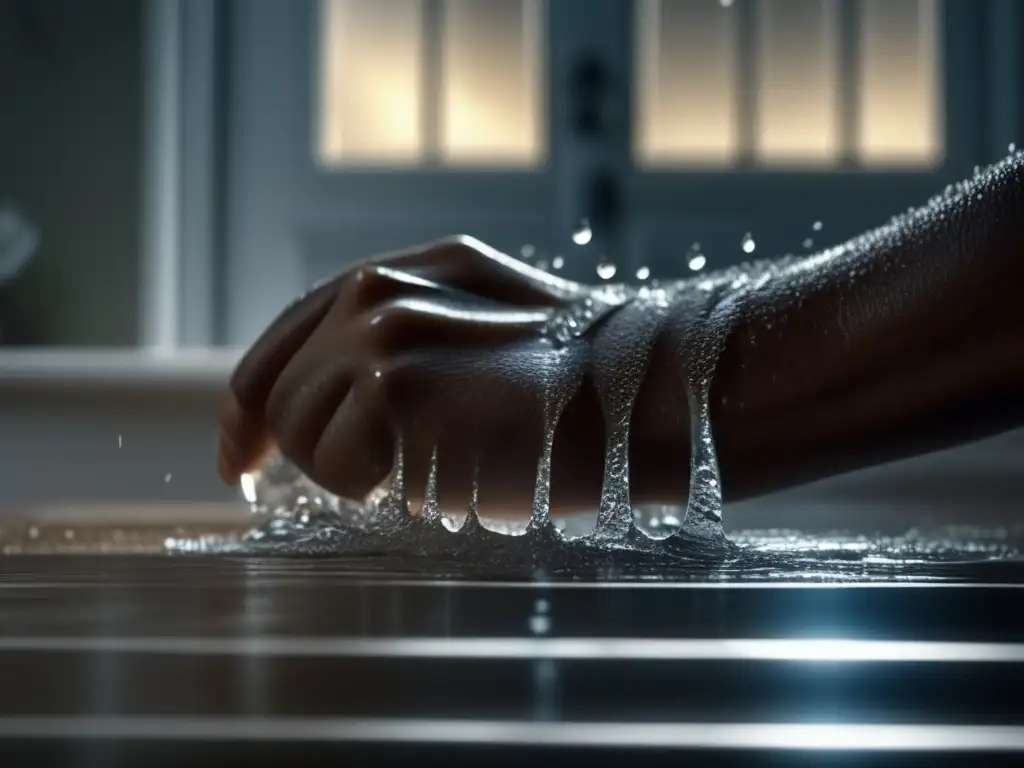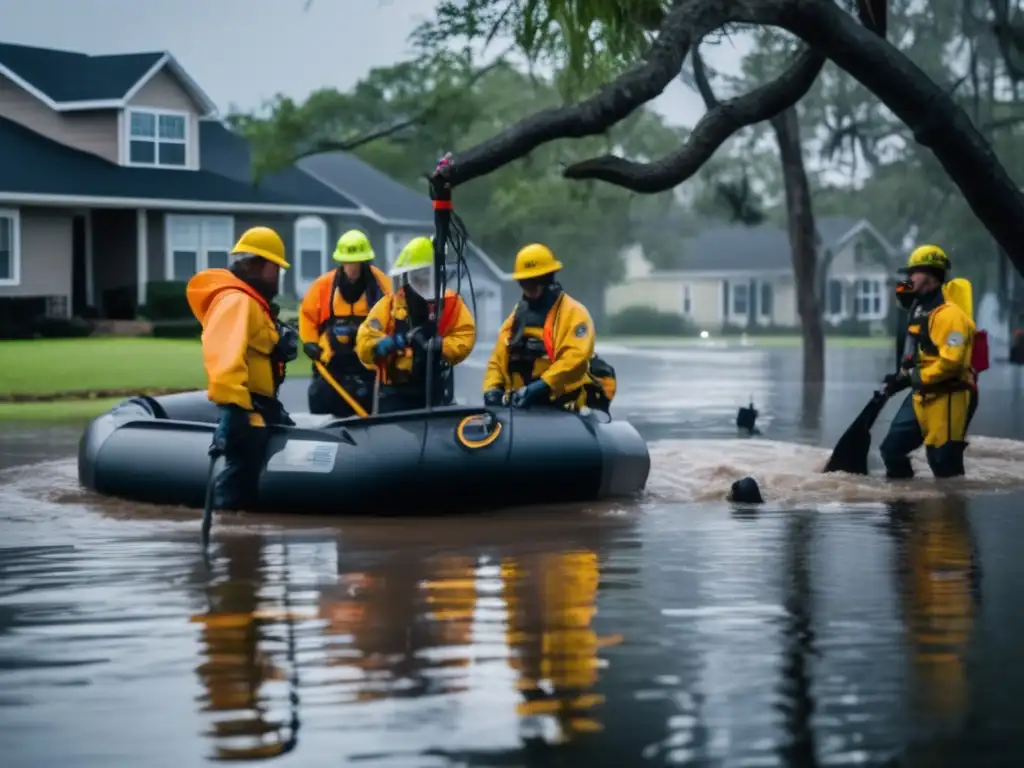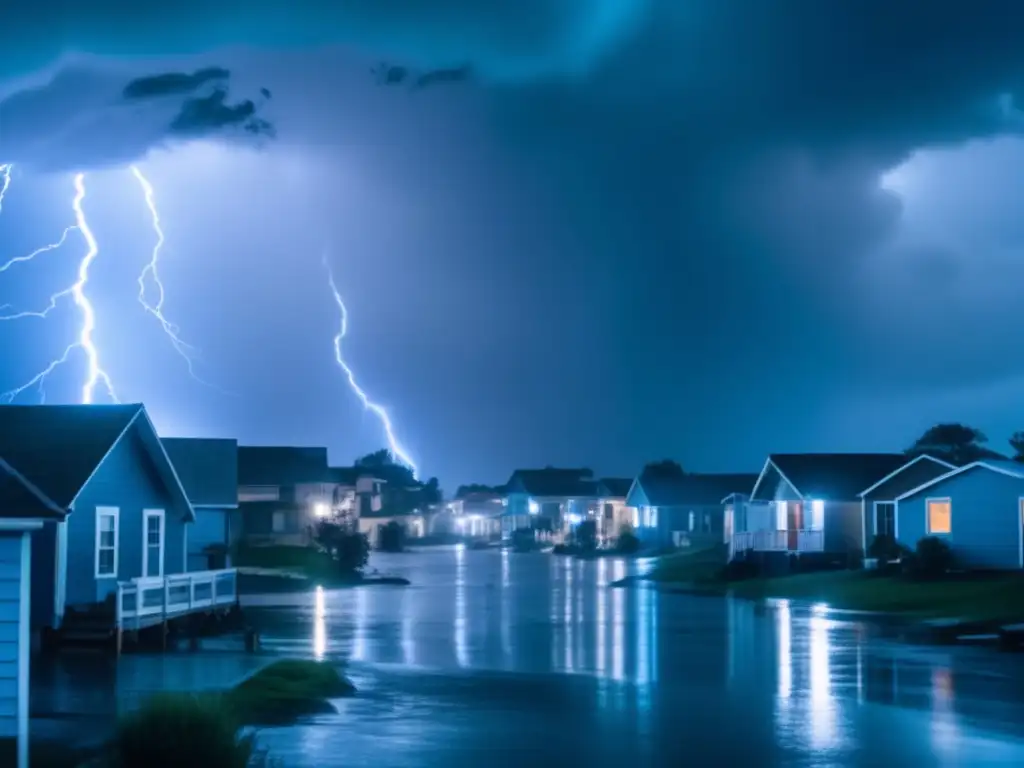Staying Dry: Managing Leaks And Water Intrusion During A Hurricane

Staying Dry: Managing Leaks and Water Intrusion During a Hurricane
Introduction
One of the most destructive forces of a hurricane is the amount of water it brings with it. The heavy rain, storm surges, and flooding can cause severe damage to homes and other buildings. In addition, leaks and water intrusion can create significant problems if not addressed adequately during and after a hurricane. Knowing how to manage leaks and water intrusion can help minimize damage and reduce the expenses of post-hurricane repairs.
Understanding Water Intrusion

What is Water Intrusion?
Water intrusion occurs when water enters a building through any openings, such as windows, doors, roofs, vents, or walls. This may happen due to several reasons, including heavy rainfall, high winds, storm surges, or flash floods. Water intrusion can cause various damage, such as rotting, mold growth, rust, and corrosion. It can also lead to structural issues and electrical hazards.
How Can You Recognize Water Intrusion?
The signs of water intrusion may vary based on the affected area and the severity of the damage. Some of the most common signs include stained or discolored walls or ceilings, peeling paint or wallpaper, musty odors, dampness or moisture, warped or buckled flooring, and visible mold or mildew growth. Additionally, cracks or gaps in the building's foundation or exterior walls may also indicate water intrusion.
Why is Managing Water Intrusion Important?
Managing water intrusion is essential because it helps prevent further damage to the building and the contents inside. Water can weaken the structure and promote the growth of molds and other harmful microorganisms. Moreover, untreated water intrusion can lead to costly repairs, higher insurance premiums, and lower property values. Effective management of water intrusion during a hurricane can help protect the building and its occupants.
Managing Leaks and Water Intrusion During a Hurricane

Preparation is the Key to Prevention
The most effective way to manage leaks and water intrusion during a hurricane is to prepare beforehand. This includes conducting regular maintenance checks, caulking and sealing any cracks or gaps in windows, doors, roofs, and walls, trimming trees and branches close to the building, and installing storm shutters or covers on windows and doors. It is also essential to ensure that gutters and downspouts are clear of debris and functioning correctly.
What to Do During a Hurricane
If you are inside your home during a hurricane and notice water intrusion, it is crucial to act immediately. First, turn off the main power source and unplug any electronic devices or appliances. If possible, move furniture and other belongings away from the affected area. Next, try to contain the water by placing buckets or pans underneath the leaking area. If there is a lot of water and you cannot control it, evacuate to a safer place and seek professional help.
Post-Hurricane Actions
After the hurricane has passed, it is necessary to assess the damage and take appropriate actions. Start with removing any standing water inside or around the building. This will help prevent the growth of molds and bacteria. Dry out the building as much as possible using fans, dehumidifiers, or opening windows and doors. Discard any wet or damaged materials, including carpets, insulation, and drywall. It is advisable to consult professional restoration services to ensure that the building is properly dried and restored to its pre-hurricane condition.
Frequently Asked Questions

-
What are the common causes of water intrusion during a hurricane?
The most common causes of water intrusion during a hurricane are heavy rainfall, high winds, storm surges, and flash floods.
-
What are the signs of water intrusion?
The signs of water intrusion may include stained or discolored walls or ceilings, peeling paint or wallpaper, musty odors, dampness or moisture, warped or buckled flooring, and visible mold or mildew growth.
-
How can I prepare for water intrusion during a hurricane?
You can prepare for water intrusion by conducting regular maintenance checks, caulking and sealing any cracks or gaps in windows, doors, roofs, and walls, trimming trees and branches close to the building, and installing storm shutters or covers on windows and doors.
-
What should I do if I notice water intrusion during a hurricane?
If you notice water intrusion during a hurricane, turn off the main power source and unplug any electronic devices or appliances. If possible, move furniture and other belongings away from the affected area. Try to contain the water by placing buckets or pans underneath the leaking area. If there is a lot of water and you cannot control it, evacuate to a safer place and seek professional help.
-
What are the post-hurricane actions for managing leaks and water intrusion?
After the hurricane has passed, assess the damage and remove any standing water inside or around the building. Dry out the building as much as possible using fans, dehumidifiers, or opening windows and doors. Discard any wet or damaged materials, including carpets, insulation, and drywall. Consult professional restoration services to ensure that the building is properly dried and restored to its pre-hurricane condition.
Conclusion
Managing leaks and water intrusion during a hurricane is crucial to minimize damage and reduce costs. Understanding water intrusion, preparing beforehand, and taking immediate actions can help protect your home and your family during a hurricane. As a hurricane-prone area resident, it is essential to be aware of the potential risks and preventive measures related to water intrusion.
At hurricaneinsider.org, we are committed to providing valuable and relevant information on hurricanes and related topics. We encourage our readers to share their thoughts and engage positively with our community. Remember to prepare, stay safe, and stay informed. Together, we can manage the impact of hurricanes on our lives and our communities.
Additional Resources

- Floods | Ready.gov
- National Hurricane Center - Prepare | NOAA
- Disaster Declarations for Hurricane Ida | FEMA.gov
 Creating An Indoor Safe Zone For Hurricanes
Creating An Indoor Safe Zone For Hurricanes Listening To Authorities: Following Official Instructions During A Hurricane
Listening To Authorities: Following Official Instructions During A Hurricane Venturing Out: When And How To Safely Go Outside After A Hurricane
Venturing Out: When And How To Safely Go Outside After A HurricaneIf you want to discover more articles similar to Staying Dry: Managing Leaks And Water Intrusion During A Hurricane, you can visit the During the hurricane: category.
Leave a Reply

Articulos relacionados: